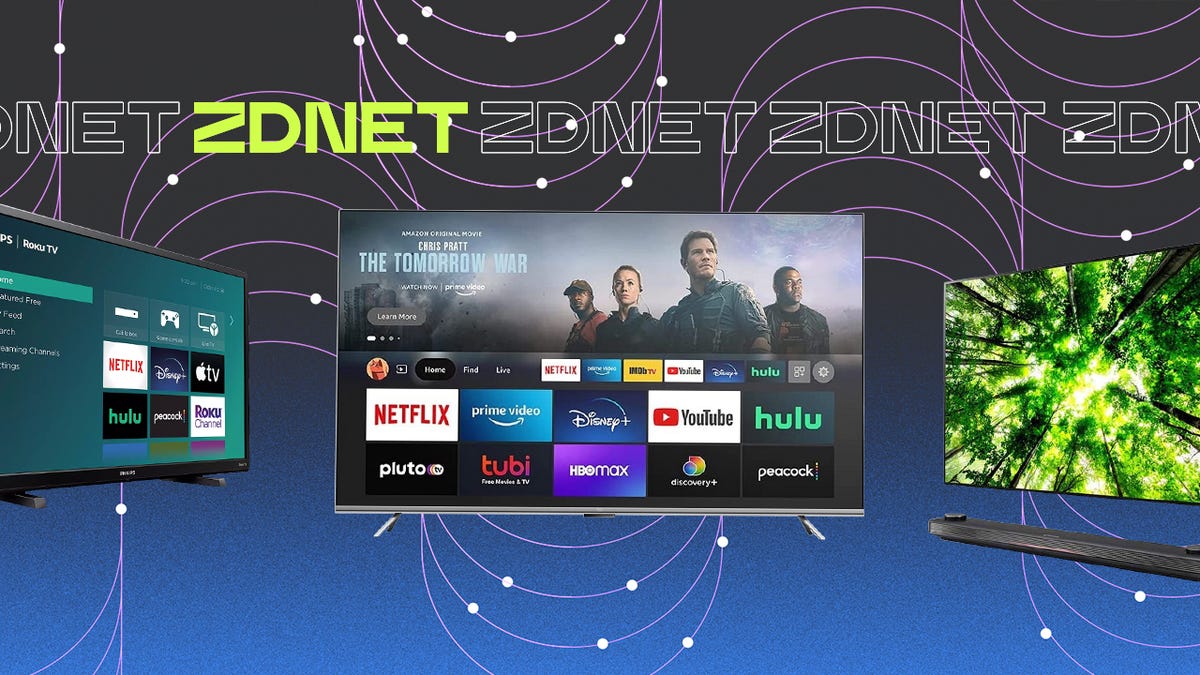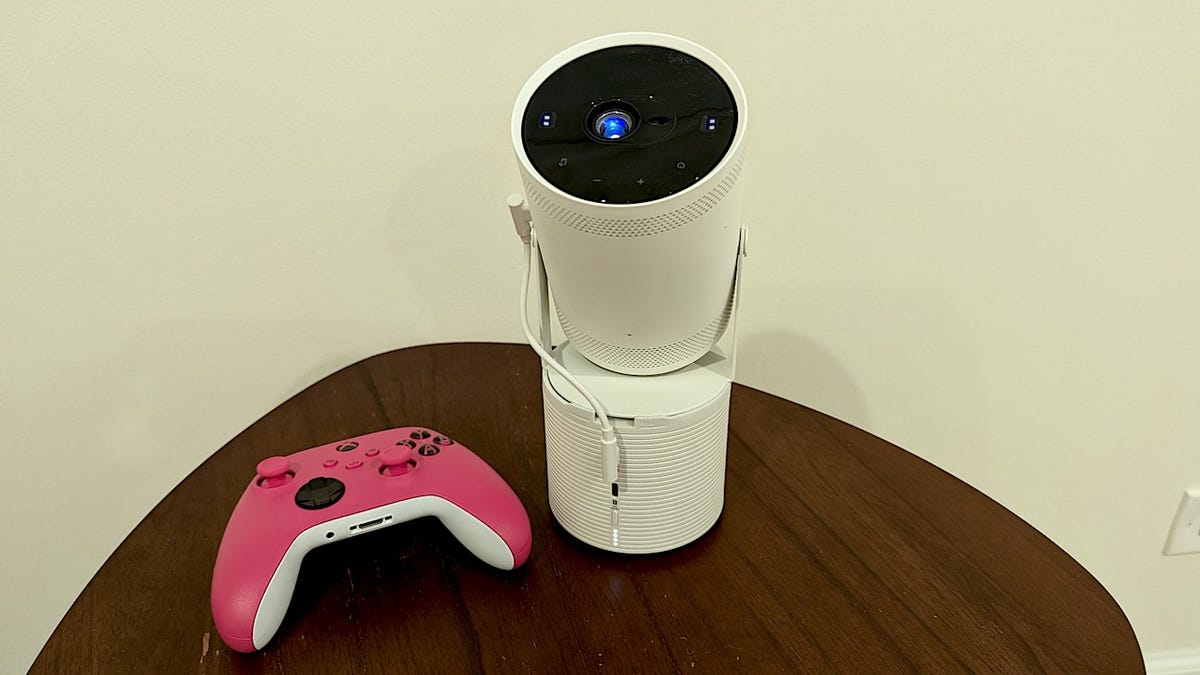BOOK THIS SPACE FOR AD
ARTICLE ADiPhone 13 and iPhone 13 Pro series have been announced by Apple at its 'California Streaming' virtual launch event on Tuesday. As expected following multiple leaks and rumours, there are four new iPhone 13 models corresponding to last year's iPhone 12 lineup: the iPhone 13, iPhone 13 mini, iPhone 13 Pro, and iPhone 13 Pro Max. All four have the same screen sizes and very similar overall design to their respective predecessors. Notable improvements with this generation include better battery life, overhauled cameras, a cinematic video recording mode, and narrower notches across the lineup. The four new iPhones are all powered by the brand new A15 Bionic SoC, and all four will ship with iOS 15.
iPhone 13, iPhone 13 mini, iPhone 13 Pro, iPhone 13 Pro Max price in India, sale date
iPhone 13 and iPhone 13 mini will be available in three storage variants each. The iPhone 13 mini 128GB is priced at Rs. 69,900 in India, 256GB priced at 79.900, and 512GB priced at Rs. 99,900. The iPhone 13 will cost Rs. 79,900, Rs. 89,900 and Rs. 99,900 respectively.
iPhone 13 Pro and iPhone 13 Pro Max will both be available with up to 1TB of storage. The iPhone 13 Pro has been priced starting at Rs. 1,19,900 for 128GB, Rs. 1,29,900 for 256GB, Rs. 1,49,900 for 512GB going up to Rs. 1,69,900 for 1TB. The top-of-the-line iPhone 13 Pro Max will cost Rs. 1,29,900, Rs. 1,39,900. Rs. 1,59,900 and Rs. 1,79,900 respectively making it Apple's most expensive iPhone ever.
In the US, prices are the same as those of the previous generation. The iPhone 13 mini starts at $699 while the iPhone 13 starts at $799, and these prices will now get you 128GB of storage on each. The iPhone 13 Pro starts at $999 while the iPhone 13 Pro Max starts at $1,099 for the same 128GB of storage as the previous generation. The iPhone SE (2020) starts from $399, the iPhone 11 will start at $499, and the iPhone 12 and iPhone 12 mini remain available starting at $599.
In India as well as the US, UK, Japan, China, Australia and Canada, preorders will begin on September 17, with retail availability starting on September 24.
iPhone 13, iPhone 13 mini, iPhone 13 Pro, iPhone 13 Pro Max specifications
All four new iPhone models are built around Apple's new in-house A15 Bionic SoC, which has a 6 core CPU with two high-performance and four efficient cores, plus a 16-core Neural Engine. Performance is said to be up to 50 percent better than that of the leading competition. While the iPhone 13 and iPhone 13 mini feature the A15 Bionic with a four-core GPU, the iPhone 13 Pro and iPhone 13 Pro Max get a five-core integrated GPU.
Apple does not officially disclose the amounts of RAM and the battery capacities of each model, but the inevitable upcoming third-party teardowns will reveal this information. Apple promises 1.5 hours better battery life on the iPhone 13 mini and iPhone 13 Pro compared to their predecessors, while the iPhone 13 and iPhone 13 Pro Max boast of 2.5 hours better battery life. The iPhone 13 and iPhone 13 mini are the first non-Pro iPhones to be available with more than 256GB of storage, while the iPhone 13 Pro and iPhone 13 Pro Max are the first iPhones ever to ship with up to 1TB of storage.
All four have the same screen sizes as their predecessors, but with a notch that's 20 percent narrower for increased screen space. The 5.4-inch iPhone 13, 6.1-inch iPhone 13 mini, iPhone 13 Pro, and iPhone 13 Pro Max also get improved brightness, though only the Pro models get Apple's ProMotion 120Hz refresh rate feature. The Pro models can scale from 10Hz to 120Hz, and adjust their refresh rates dynamically based on user input, such as swipe speed, for a more responsive and power-efficient system. Daytime brightness is 800nits and 1000nits respectively for the iPhone 13 and iPhone 13 Pro models, while peak HDR brightness is 1200nits for all four. They also support Dolby Vision, HDR10, and HLG.
The iPhone 13 and iPhone 13 mini have the same flat-edge aluminium frames as the previous generation, with Ceramic Shield material on the front, and IP68 dust and water resistance ratings.They are available in five new colours – Pink, Blue, Midnight, Starlight, and (Product) Red. They are designed using recycled plastic water bottles for the antenna lines.
Apple has used surgical grade stainless steel for the iPhone 13 Pro models, with a custom finish that's said to be resistant to abrasion and corrosion. There are four new colours: Graphite, Gold, Silver, and Sierra Blue. The latter is achieved using multiple layers of nanometre-scale ceramic, and has a matte textured rear for better grip.
The iPhone 13 and iPhone 13 mini have a new wide-angle camera, which captures 47 percent more light for less noise and brighter results. It has 1.7um sensor pixels and an f/1.6 aperture, plus sensor-shift optical stabilisation from the iPhone 12 Pro Max. Night Mode works quicker and captures sharper shots. The 12-megapixel ultra wide camera has an f/2.4 aperture. The new Cinematic video mode supports rack focus, to shift focus between subjects even when moving. Transitions happen automatically in real time from one subject to another when a subject enters the frame or gazes away. Apple says it studied creative choices that directors of photography make to guide users' attention.
The iPhone 13 Pro models have a new 77mm telephoto camera with 3X optical zoom, an ultrawide camera that can now take macro shots at up to 2cm from a subject, and a primary wide camera with an f/1.5 aperture and 1.9um sensor pixels. It is said to capture more light, for less noise, faster shutters, and longer brackets when using a tripod. All cameras including the telephoto one now work with Night Mode, because of computational photography.
New Photographic Styles let users influence the on-device image rendering pipeline with their own individual preferences in real time using presets and adjusting Tone and Warmth sliders. This works across scenes and subject types, and doesn't need to be set every time.
The new iPhones feature 5G with custom-designed antennas and radio componnets, to support more bands in more places. On-device machine learning will enable new apps and improve privacy with on-device speech recognition for Siri audio requests.
.png)
 3 years ago
285
3 years ago
285 














 Bengali (Bangladesh) ·
Bengali (Bangladesh) ·  English (United States) ·
English (United States) ·